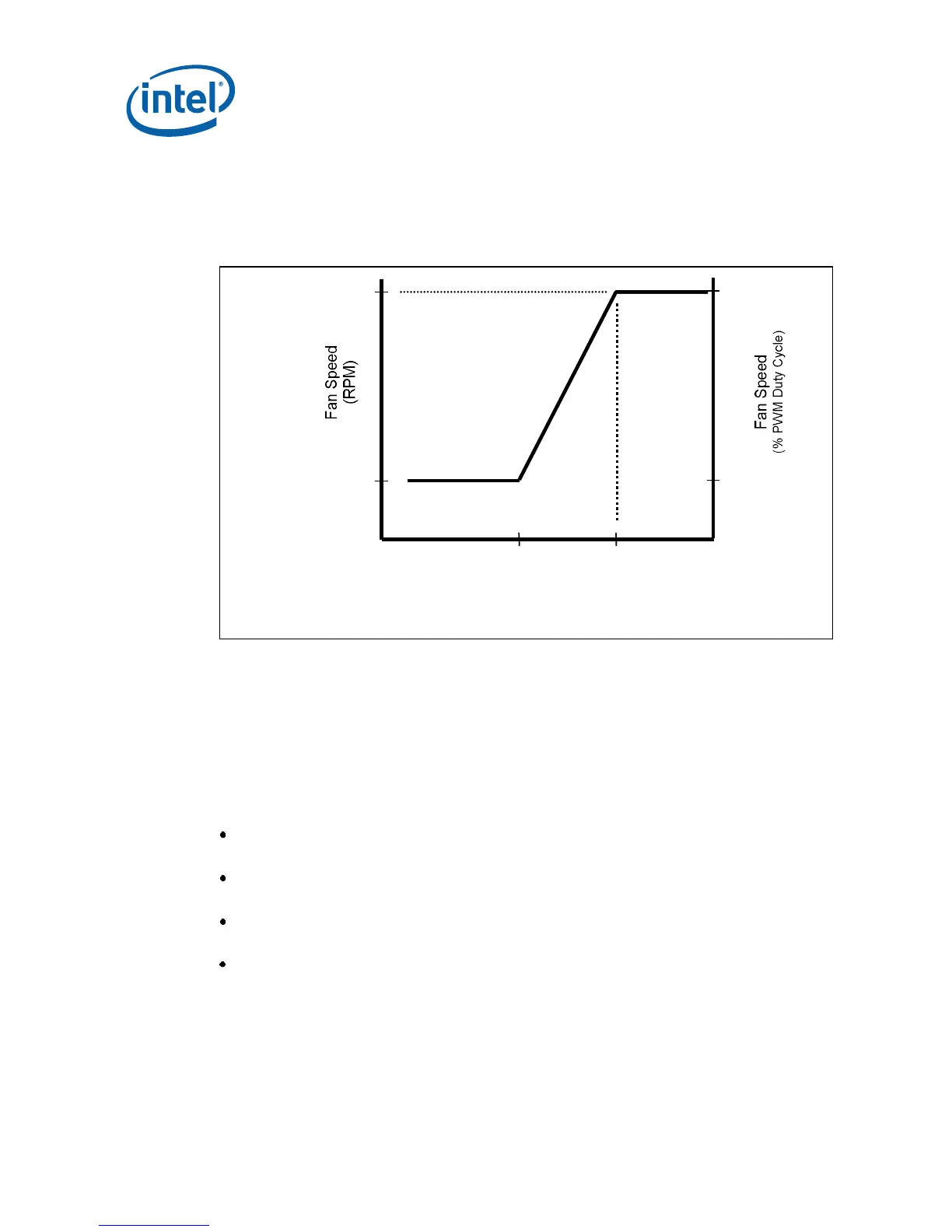

Do you have a question about the Intel E1400 - Celeron 2.0GHz 800MHz 512KB Socket 775 Dual-Core CPU and is the answer not in the manual?
| Brand | Intel |
|---|---|
| Model | E1400 - Celeron 2.0GHz 800MHz 512KB Socket 775 Dual-Core CPU |
| Category | Computer Hardware |
| Language | English |
Outlines the purpose and boundaries of the thermal design guide.
Details physical and mechanical specifications for processor packages and heatsink attachments.
Defines processor thermal limits, including thermal profile and TCONTROL.
Discusses key parameters for designing effective heatsinks.
Explains thermal characterization parameters (psi) for evaluating cooling solutions.
Details procedures for measuring processor case temperature (TC).
Describes the components and functionality of the processor's thermal monitor.
Introduces the BTX reference design and its compliance.
Details testing for structural reliability, including vibration and shock.
Specifies safety standards for heatsink and attachment assemblies.
Discusses preload requirements and stiffness for BTX platforms.
Documents requirements for active air-cooled designs with top-mounted fans.
Details the design strategy for the reference attach mechanism.
Explains the objective and methodology of the QST algorithm.
Describes how to configure and tune the QST subsystem.
Discusses heatsink clip load for mechanical and thermal performance.
Defines the procedure for attaching thermocouples for TC measurement.
Provides a step-by-step guide for attaching thermocouples using solder.











